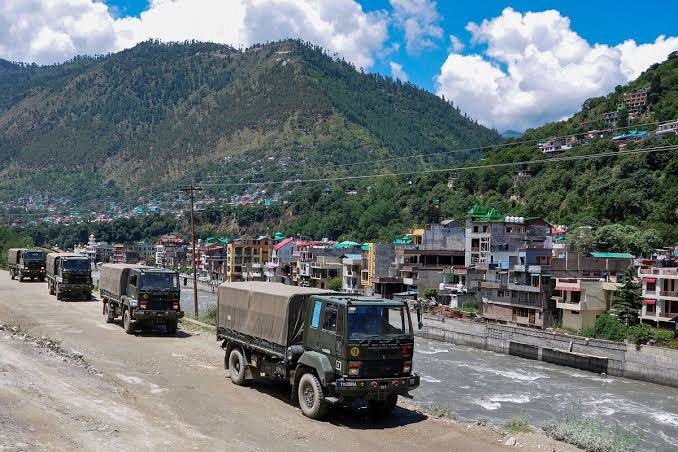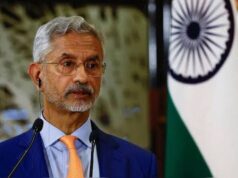China has no choice left but to vacate occupied territories of India

Recently China and India held their 20th round of corps commander level meetings.
The meeting was held at Chushul meeting point on the Indian side of the LAC on October 9 and 10. The two sides had a in-depth and constructive discussion on resolving the remaining issues along the LAC in the Western Sector in a mutually acceptable manner at the earliest possible.
The two sides agreed to continue ol dialogue through both military and diplomatic channels… and to maintain the peace and tranquillity on the ground in the LAC areas.
The press releases of the latest rounds of talks look mostly similar to the last one year with slight differences. For example, the news release of the 20th round added “a mutually acceptable manner” when referring to future resolution.
Obviously, this indicates that the terms negotiated by the two sides are not mutually acceptable. The biggest obstacle in making a breakthrough in corps commander level meetings lies in China’s objective, which is to use the talks to compel India to withdraw from certain advantageous points and allow China to carry out patrols and occupy a bit of more Indian territories in certain areas. Chinese are not ready for disengagement from friction points but planning for some more “ salami slicing “.
India has been making rapid progress in upgrading its infrastructure in Ladakh since the Galwan conflict. This has placed the Indian Forces in a much better position to not only counter PLA moves but also to take the offensive into Chinese Occupied Tibet if required.
Even in the current multipolar World arena, India’s position in the quadrilateral relationship between India, China, US and Russia is such that it is India which has friendly relationship with both Russia and USA. China is fully aware of this position of India, which also has a very good relationship with Japan, Australia, ASEAN, Brazil and most of the African Countries. Then there is deep strategic friendship with France, Israel and Vietnam.
A “non-treaty alliance partnership” has also emerged between India and the US. Given India’s favourable geopolitical circumstances, it is China that needs to ease relations with India so as to deal with the strategic pressure exerted by the US, NATO, Japan and Australia.
The US, has indeed been cosying up to India, siding with New Delhi in the LAC dispute, avoiding any conflict with India on major global issues and urging India to join its Indo-Pacific Strategy to contain China.
It wishes to see India becoming a full-fledged military partner in QUAD. However, India is charting its own independent foreign policy and so has refused to join any military block against any other country.
India has clearly told China that things will not be as usual till the Indo Tibet border is marked on ground and PLA vacates all occupied territories in Ladakh and Shajshagam Valley.
In the next phase the Tibet China border too must be demarcated on ground. Now if Chinese Communists are prudent then after demarcation of both the borders, they will vacate Tibet too and restore full freedom to the peace loving people of Tibet. PLA had captured Tibet in 1959.
Now as long as the talks continue, there will be no collapse in bilateral ties between China and India. Also no new military confrontation or conflict may flare up as the meetings itself are part of diplomatic posturing,
A future resolution of India Tibet border and Tibet China border will ensure total peacec not only in Asua but in the entire World. Within the foreseeable, even economically, India is going to re occupy its position as was in the year 1600 and before.
Both China and India are developing countries with aspirations for development. China has the Chinese dream of national rejuvenation, while India has the dream to realize modernization. In 2022, Indian Prime Minister Narendra Modi announced that India aims to re occupy its true position in the World. To achieve this goal, India needs a stable environment, rather than spending significant energy and resources to freeing its borders of encroached. From this perspective, there is huge common interest for both China and India. Resolving controversies, including managing disputes, is crucial for both countries to achieve their respective objectives. It will also help China from getting unravelled because of its own disputes with various nationalities it has subjugated over the years.
Fortunately, despite the friction between China and India, both countries have maintained a relatively stable dialogue mechanism. Progress has been limited, but they are firm in resisting another outbreak of conflict.




